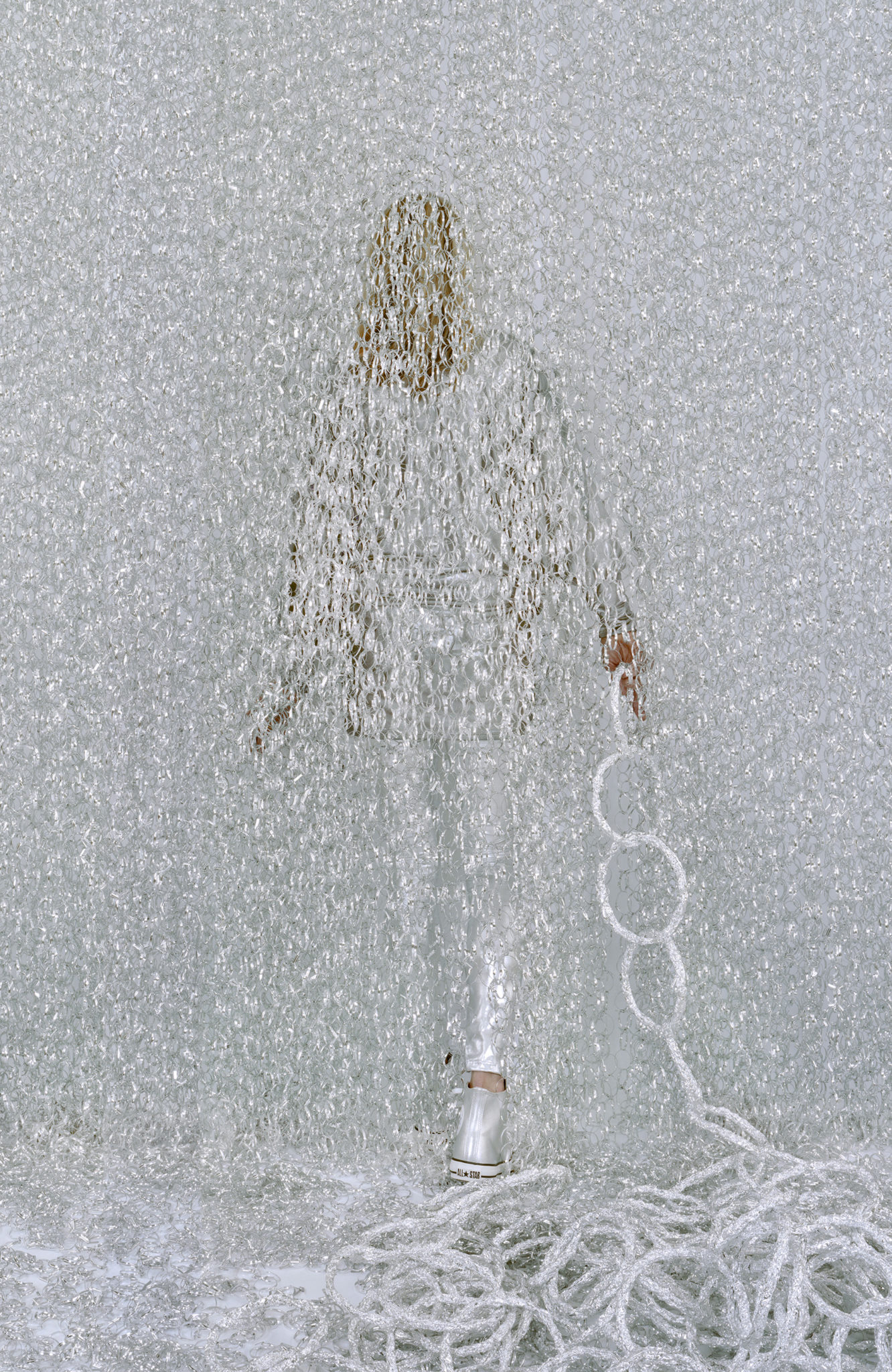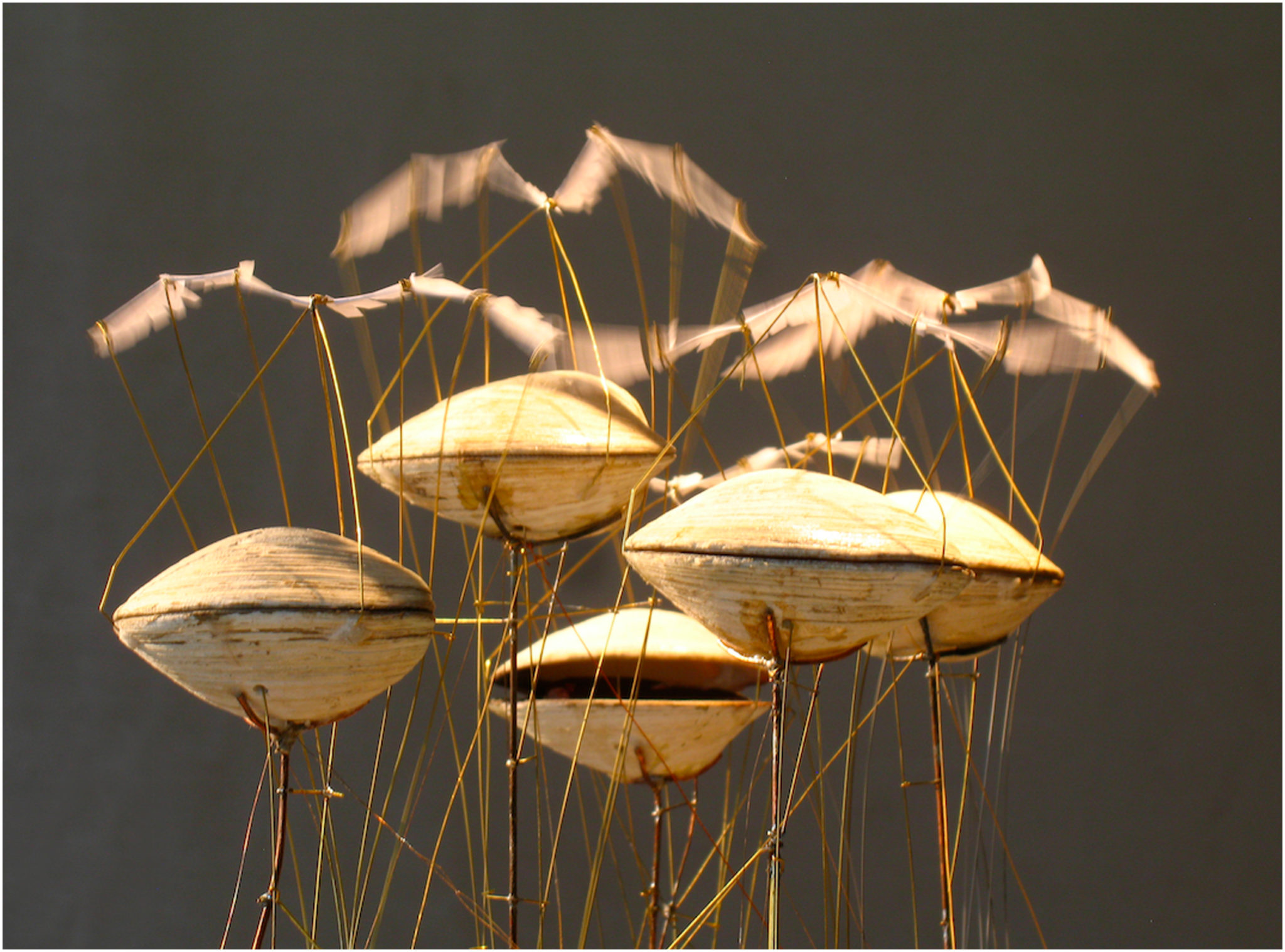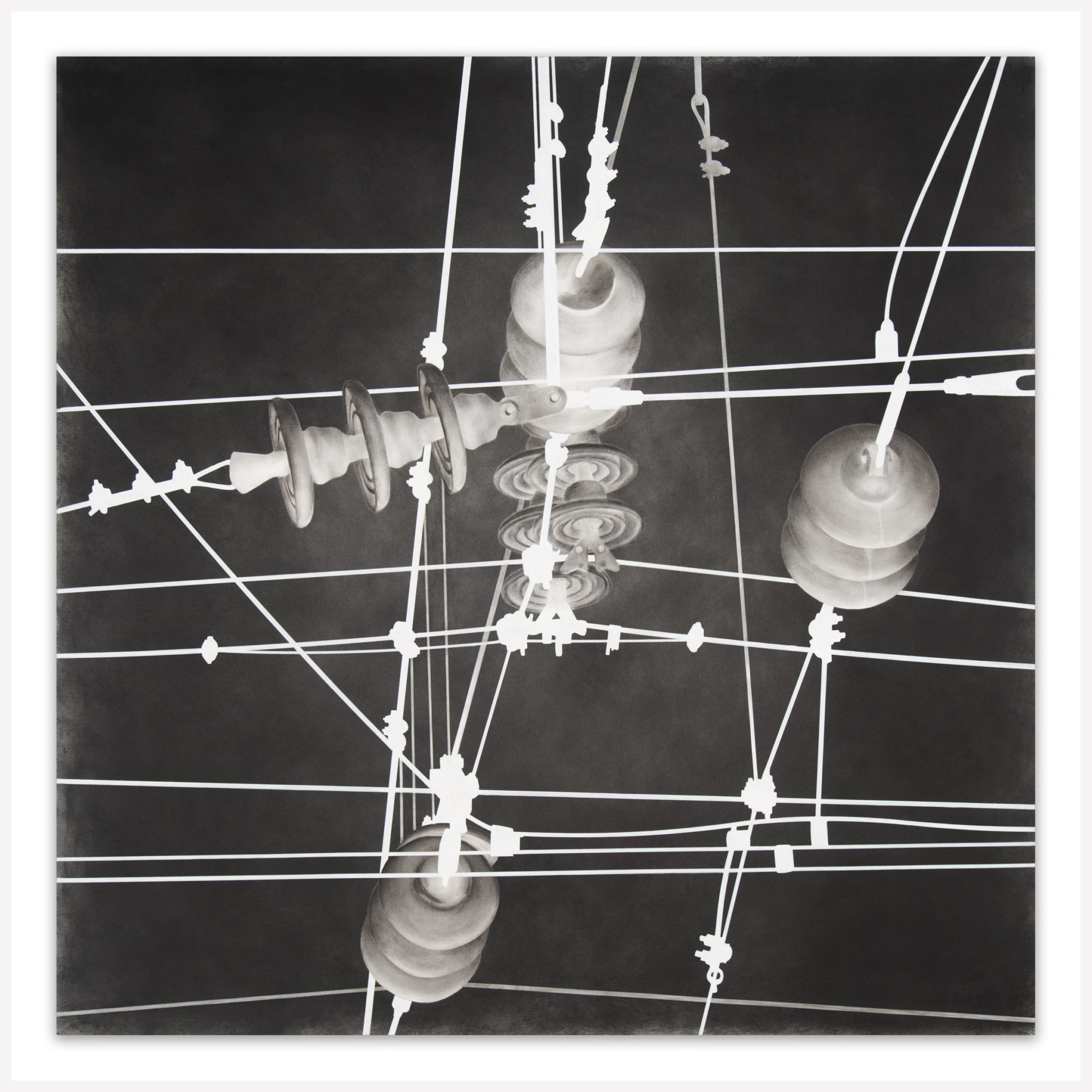On exhibit in the Cornelius Ayer Wood Gallery
Now Consider This: Contemporary Artists of MX
Featuring the work of Rachel Perry Welty ’80
David Lang (MX faculty 1972-2002)
& Timothy Makepeace ’80
Rachel Perry Welty ’80 holds a BA from Connecticut College and a Diploma and Fifth Year Certificate from the Museum of Fine Arts Boston. Recently Welty participated in group shows at Kunstmuseum Bonn (Germany), The Drawing Center (New York) and at the Institute of Contemporary Art, (Boston, Massachusetts). Welty was the Catherine Boettcher Fellow at the MacDowell Colony, recipient of a Yaddo Fellowship, and is a two-time winner of the Massachusetts Cultural Council Award for excellence in drawing and sculpture. Welty’s work is held in numerous museum and private collections, and has been published and reviewed in many national, as well as online, publications.
“Lost in my Life” series
Receipts, produce stickers, tin foil and answering machine messages: these leftovers form the language of modern life. Through ritual and repetition I collect, accumulate and re-present the forgotten reminders of consumption.
Recently I’ve begun to pirate my own work to make new projects, turning sculptures created as discrete works into set-ups in the photography studio. Literally absorbed in my work, “Lost in My Life” references the endless shopping, cooking and cleaning up that form the business of living.

image copyright Rachel Perry Welty 2010
David A. Lang
I build interactive kinetic sculpture that is narrative in nature. It is both whimsical and serious, graceful and awkward, understated and at the same time conspicuously complex.
The work is, by and large, gas welded from steel wire, rods, fabricated into something often resembling vehicles, portrayed on very delicate wheels, some large and some quite small. The wheels themselves represent the passage of time. The work requires a great deal of patience, both to figure out how to make it kinetic and how to reduce the physical object to as refined and minimal a presence as possible. Motion and movements are very subtle and elegant. Virtually every piece has different visual interactions taking place, depending on your vantage point. There are visual harmonies that often work against subtle interferences. And yet everything does interact smoothly, if not by very small margins. Everything in this work is slow and understated. I use miniature motors, hand made gears, levers, pulleys and almost any material that could heighten the visual sense of unlikelihood.
The work seems to give the impression that the rules are often in flux, but if you observe for long enough and allow yourself to become drawn in, everything comes into alignment. There is a balancing point between the machine and the observer, who in fact becomes an active participant in its existence.

Timothy Makepeace ’80 has been a Washington DC artist all his adult life. Makepeace’s artwork explores the visual and environmental impact of industrial structures on our landscape — and the interaction of architecture, nature and economics. He received a BFA from Cornell University, studied sculpture at the Corcoran School of Art and photography at the Smithsonian Institution. His work is in local and international collections and his exhibition list includes shows at The Octagon Museum, McLean Project for the Arts, American Institute of Architects, Washington Photography Center, Art Museum of the Americas, Signal 66, The Corcoran Museum, and DC Arts Center.
Considering Industrial Infrastructure
My artwork explores the aesthetic and atmospheric experience of industrial landscapes: what it is like to look at structures that are all around us, but which we do not always really see. I want to challenge viewers both to shift their assumptions about the landscape — to recognize, appreciate and find pleasure in the inherent aesthetic grandeur and intricacy of industrial systems — and also to consider how we rely on this infrastructure and yet take it for granted.
These images of water towers, refineries, power plants, factories do not aim to send any predetermined message, about consumerism, conservation, or the marvels of industrial and engineered achievement — but rather to encourage people to squarely face, and contemplate, what they often ignore.
Change and Paradox
My recent work focuses on transformation and flux: considering changes of state and perception, turning raw material into energy, shifting our view of industrial structures in the landscape from blight to beauty, and back again. Metamorphosizing photographic images — from positive to negative, realist to abstract, architectural to geometric, digital ink to charcoal – helps reveal the paradoxes of the our relationship to manmade landscape.
Some of the pieces probe the dynamics between iconic “industrial sentinels” that dominate their settings, but are also dependent on, and affected by, the environment itself – a story of mutual interaction and and the interplay of architecture, nature, and economics.
Approach and Abstraction
These large scale works include both tiled photographs that have been manipulated in a variety of ways, and charcoal drawings derived from photographic images. The images transcend documentary photography, since I abstract and transpose the subjects to evoke the experience of particular places — infrastructure in full working operation, and unused assets that have aged and weathered with time.
In some pieces, I have applied iron powder to the surface of the photographic tiles, which is then oxidized with patina chemicals. This helps highlight the textural, tactile aspects of industrial structures in the environment. In the charcoal works, the act of translating the manipulated photographic images into drawings simplifies the composition, and abstracts it further — interpretation and choice bent on bringing out what is hiding before our eyes.
